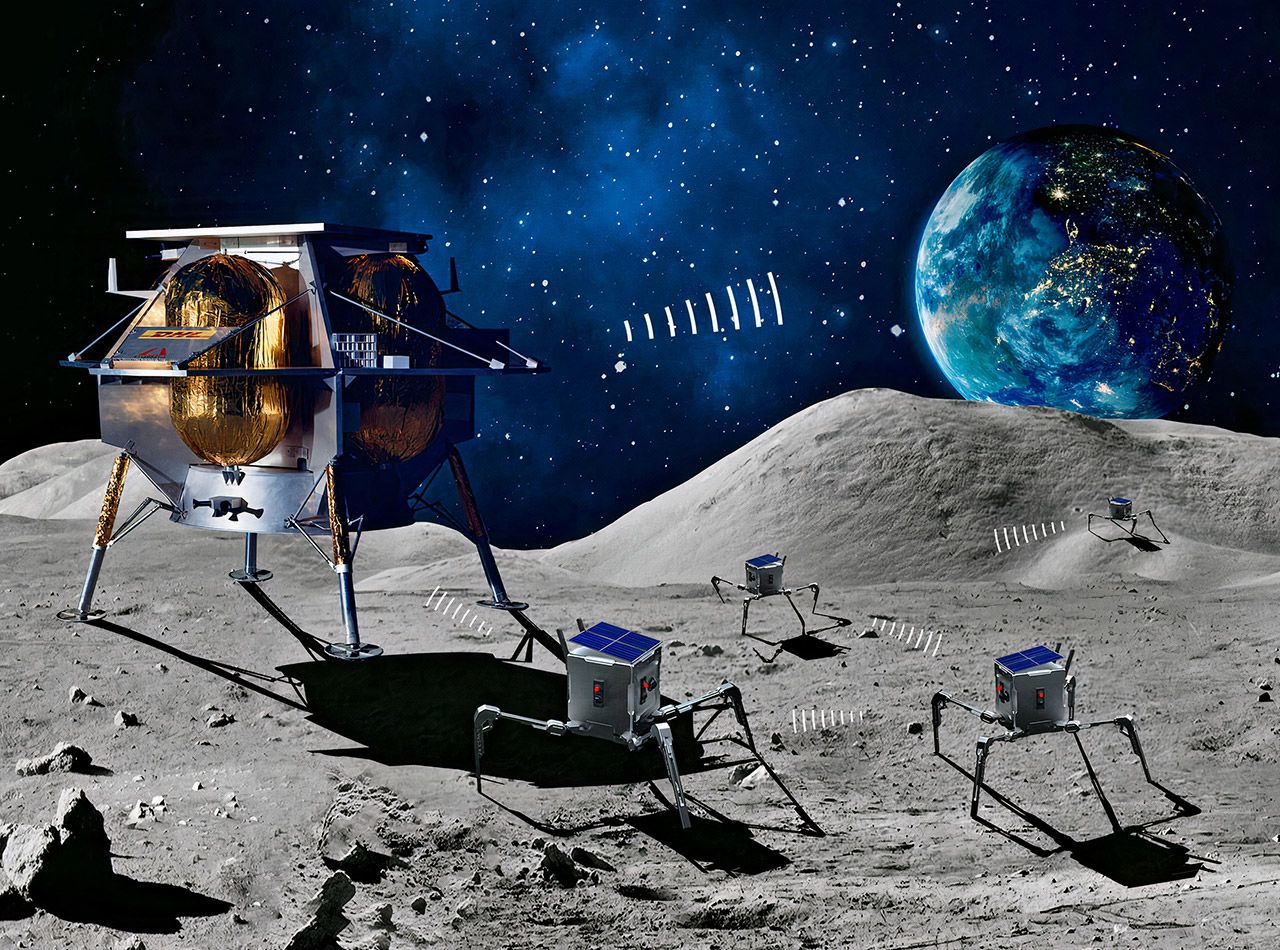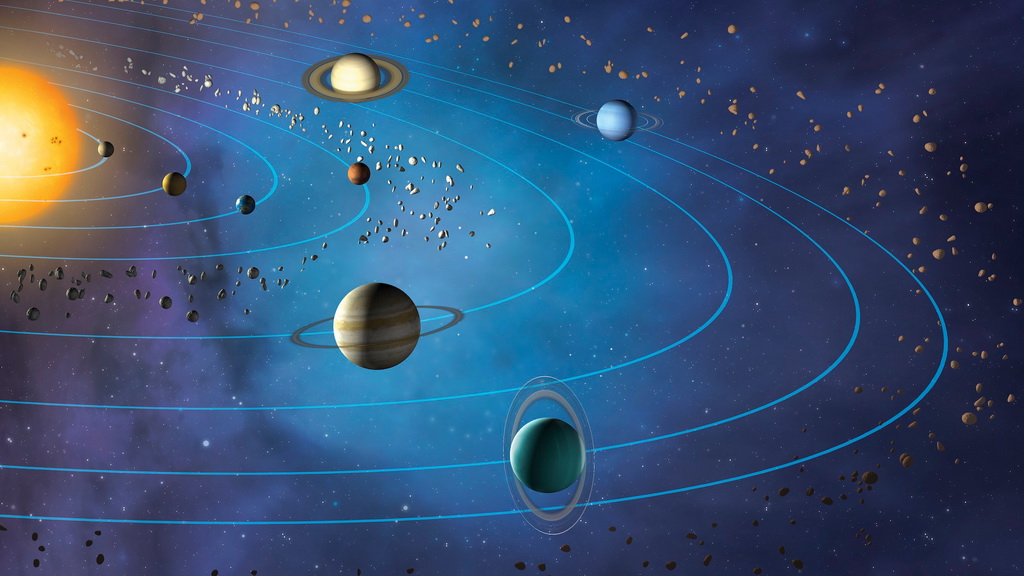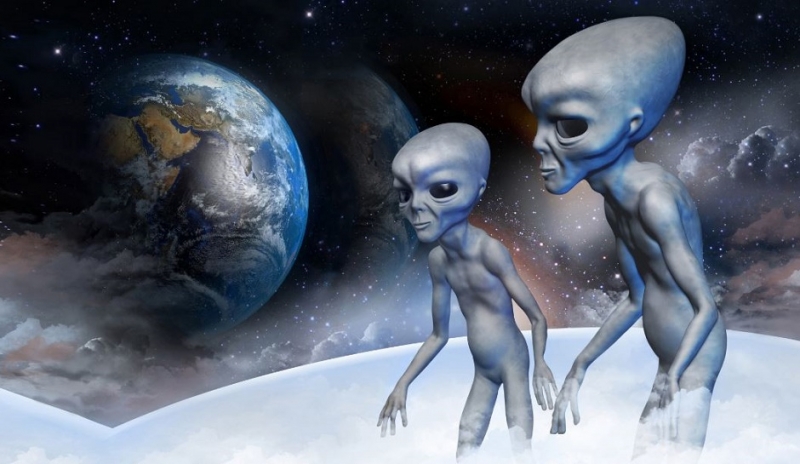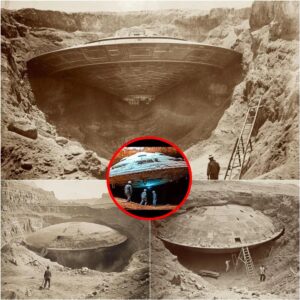The Moon has always been a source of wonder and mystery for humanity. Recent theories suggest that the Moon might not be a natural satellite but a hollow spaceship placed in Earth’s orbit by an ancient, advanced civilization. This intriguing hypothesis challenges conventional scientific understanding and opens up a new realm of possibilities about the origins and purpose of our closest celestial neighbor.

One of the most compelling aspects of this theory is the Moon’s almost perfect positioning. The Moon is at just the right distance from Earth to create the phenomenon of total solar eclipses, where the Moon precisely covers the Sun. This precise alignment is an extraordinary coincidence that has led some to speculate that it might not be a coincidence at all.

The concept of a hollow Moon has been discussed since the mid-20th century. The idea gained traction after the Apollo missions when seismic experiments were conducted. These experiments, particularly the one during Apollo 12, where the Moon was struck by the ascent stage of the Lunar Module, caused the Moon to “ring like a bell” for over an hour, suggesting a partially hollow interior. This unexpected result has fueled speculation about the Moon’s composition and origin.
Many ancient texts and myths from different cultures refer to a time when there was no Moon in the sky. For example, the Zulu people of South Africa have legends that describe a time before the Moon, when their ancestors lived without its presence. Similarly, ancient Greek philosophers like Aristotle and Plutarch mentioned Arcadian tribes who supposedly lived before the Moon existed. These myths add an intriguing layer to the hypothesis that the Moon might have been placed in orbit intentionally.

If the Moon is indeed a hollow spaceship, it implies the existence of an advanced prehistoric civilization with technological capabilities far beyond our current understanding. This civilization would have had to possess the technology to construct and maneuver such a massive object into precise orbit around Earth. The idea of ancient advanced civilizations is not new, with numerous theories suggesting that humanity’s history might be much older and more complex than traditionally believed.
The hollow Moon theory and the idea of it being an artificial construct are met with significant skepticism within the scientific community. Critics argue that natural explanations, such as the impact hypothesis, more convincingly explain the Moon’s origin. According to this hypothesis, the Moon formed from the debris of a massive collision between Earth and a Mars-sized body. However, the hollow Moon theory continues to intrigue many due to the unexplained anomalies and the gaps in our understanding of lunar history.
Modern technology and future lunar missions hold the potential to uncover more about the Moon’s true nature. NASA’s Artemis program aims to return humans to the Moon and establish a sustainable presence. This renewed exploration could provide valuable data to support or refute the hollow Moon theory. Advanced imaging technology, seismic studies, and material analysis will help scientists understand the Moon’s composition and internal structure more comprehensively.
If the hollow Moon theory were proven true, it would have profound implications for humanity. It would suggest that our history is far more intricate and that we might have been observed or even guided by an advanced civilization. The presence of a hollow spaceship as our satellite could mean that humanity is part of a larger cosmic plan, watched over by beings with technological prowess beyond our imagination.
The idea that the Moon is a hollow spaceship positioned perfectly in Earth’s orbit by ancient beings is a fascinating hypothesis that challenges our understanding of the universe. While it remains a speculative theory, the anomalies and mysteries surrounding the Moon continue to captivate the imagination. As our exploration of the Moon advances, we may uncover evidence that either supports or refutes this extraordinary idea. Until then, the Moon will remain one of the most intriguing and enigmatic objects in our sky, a silent sentinel with secrets yet to be discovered.
This theory, whether ultimately proven or not, serves as a reminder of the vast unknowns in our universe and the ever-present possibility that our reality might be far more complex and wondrous than we currently understand. The Moon, with its perfect positioning and mysterious nature, continues to inspire curiosity and drive our quest for knowledge about the cosmos and our place within it.






